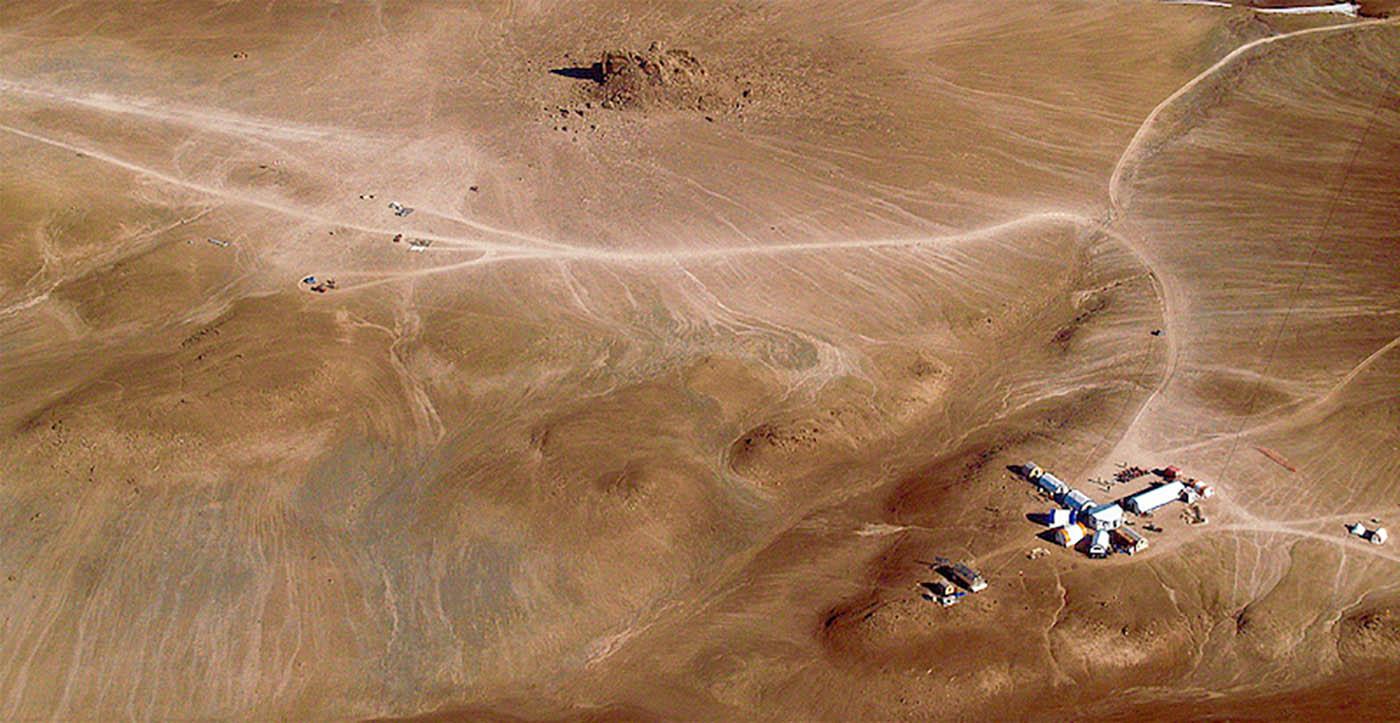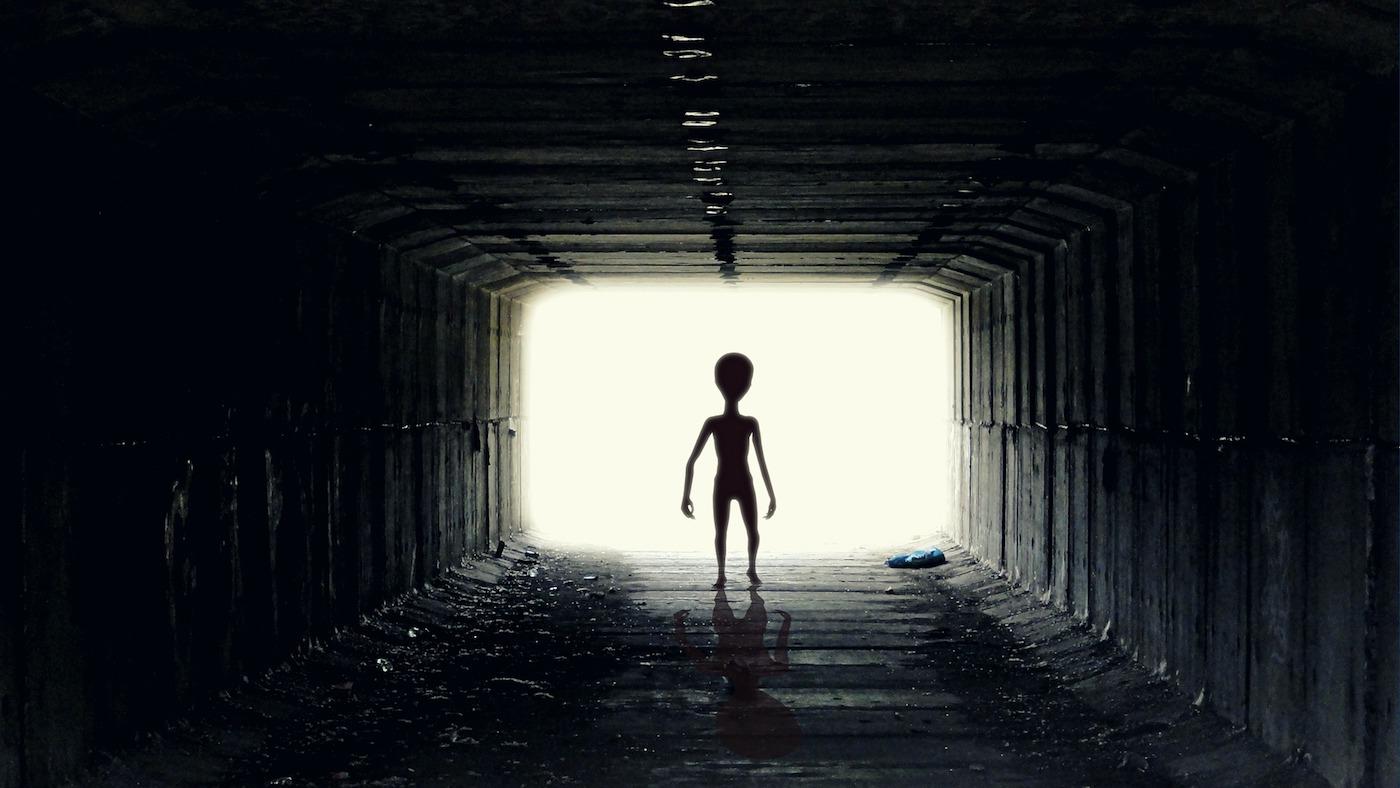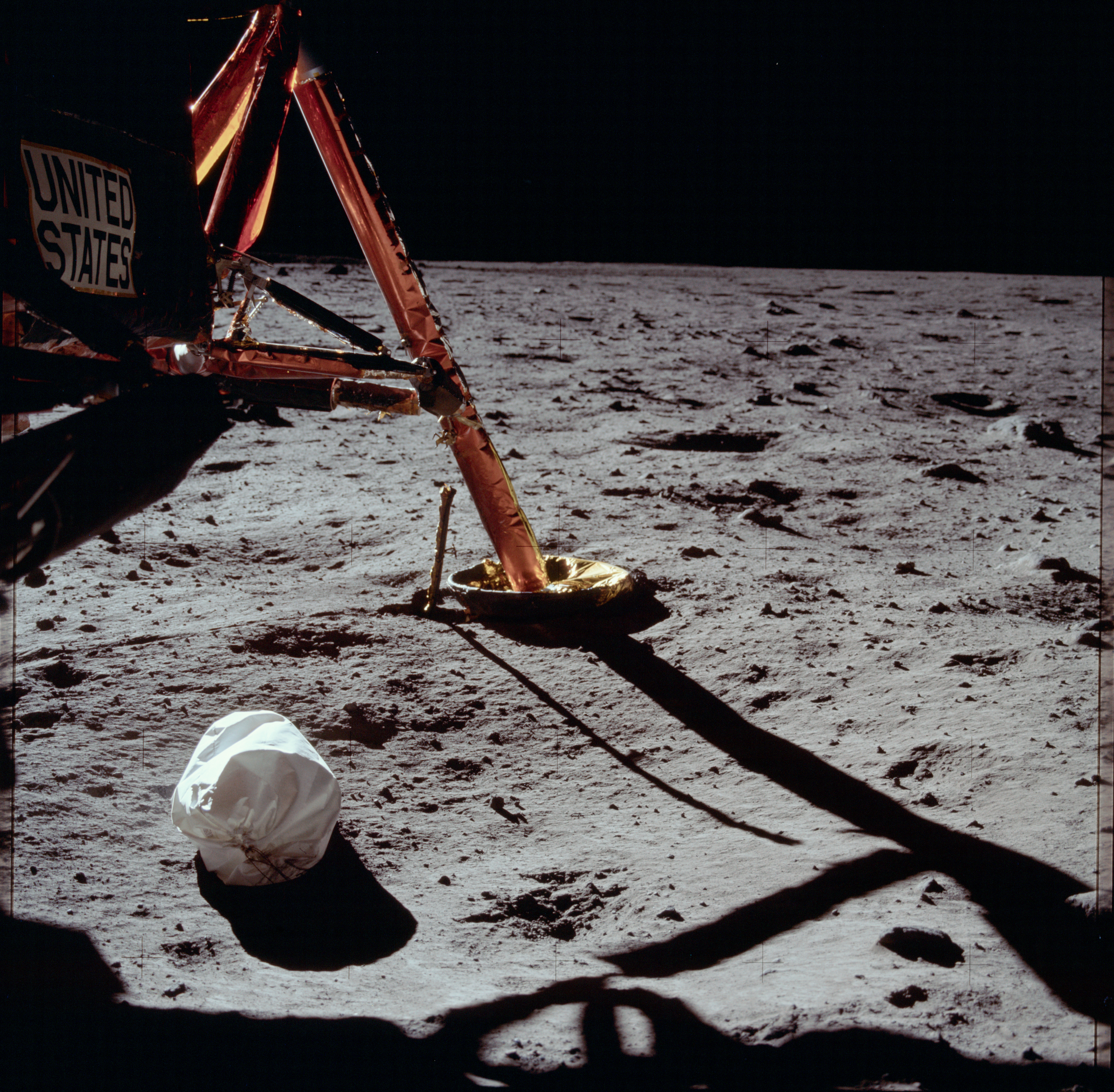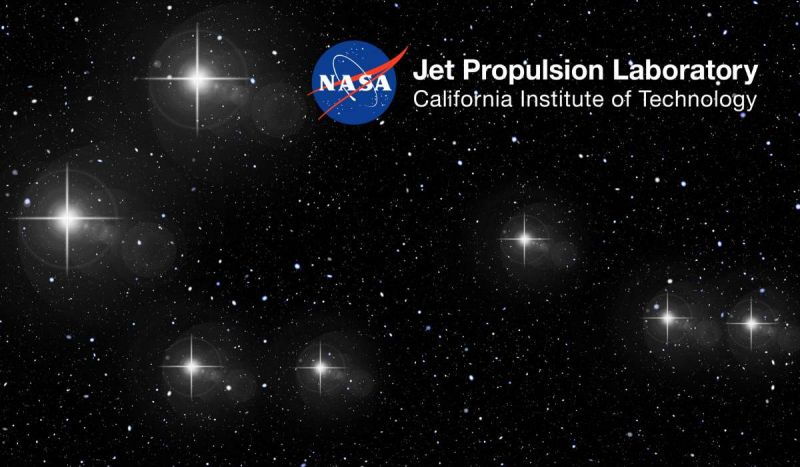
Visiting Mars is hard, but researches have been visiting a remote island in the Arctic to learn what it would take to explore the Red Planet. The largest uninhabited island in the world, Devon Island is a polar desert. Dry, cold, and seemingly frozen in time – a crater from a meteorite impact some 23 million years ago so well preserved that it looks almost as if it just happened. The geology and biology invite scientific fieldwork in comparative planetary science and astrobiology, while the rugged environment serves as a testbed and training ground for planning the future exploration of Mars itself. Now Google Street View gives virtual explorers the chance to explore one of the most Mars-like environments on Earth and learn about the important research being done there by scientists, private enterprise, nearby communities, and space agencies. SETI Institute Senior Planetary Scientist Pascal Lee, who leads the Haughton-Mars Project on Devon Island, spoke about the importance of help from local indigenous peoples in the ongoing work of space exploration:
Lee considers Inuit to be NASA Haughton-Mars Project team members thanks to their roles as guides, hosts, and, at times, co-workers over the past two decades.
"The place for the kind of knowledge Inuit possess — the knowledge that comes with living in the North for untold generations — will only grow," Lee said.
"I truly believe that there is traditional knowledge and a sort of cultural experience that the Inuit can bring to bear in helping prepare humans to go to other worlds where resources are so scarce and where it's so difficult to survive," he said.
Lee also spoke about his work there in a documentary on the Google Street View project at Devon Island.
- EarthSky: NASA and Google Partner on Mars Exploration
- National Post: Nunavut's Devon Island, described as 'Mars on Earth,' is now mapped by Google Street View
 Earth – a Zoo Exhibit?
Earth – a Zoo Exhibit?Are we alone in the universe… or are we secured in a cosmic wildlife refuge? That’s the question astronomer John Ball contemplated in a 1973 paper in which he considered our lack of cosmic counterparts and proposed that other beings might be observing while purposely avoiding detection in order to allow us our own pristine destiny. SETI Institute’s Senior Astronomer, Seth Shostak, explained ‘the zoo hypothesis’ in a recent piece for NBC News MACH:
We should see evidence of aliens everywhere. The fact that we don’t might be explained by Ball’s hypothesis — we’re being deliberately isolated… After all, if the hypothesis is correct, then it’s understandable why our efforts to find signals from space have been unsuccessful. We’ve been mindlessly pacing our Earthly cage while the extraterrestrials maintain their distance and keep watch.
This proposition is one of several seeking to resolve the Fermi Paradox – the contradiction between the seemingly high probability that life in the universe is abundant, and the fact that we’ve yet to detect it beyond Earth. This response to the paradox has found traction in the news recently, following a workshop in Paris by researchers with METI (Messaging Extraterrestrial Intelligence) International. The president of METI International, Douglas Vakoch, argues that a deliberate transmission from Earth might prove our readiness for dialogue, and trigger our cosmic guardians to respond in kind. Shostak notes there are some weaknesses with the hypothesis, however:
… The zoo hypothesis is dependent on Earthly life being really important — our existence is apparently significant enough that it dictates the behavior of societies that might be millions or billions of years more advanced… In addition, the idea that all extraterrestrials are keen to keep the evolution of our planet free and natural sounds odd, self-centered, and a bit too altruistic. Let’s face it: The prime directive has never been in fashion with us.
Speculation abounds, while humankind’s search for life beyond Earth is still young. The SETI Institute’s experiments in the search of extraterrestrial technology may one day replace some speculations with evidence.
 Poop on the Moon (Yes, Really)
Poop on the Moon (Yes, Really)As proclaimed in headlines that sound an awful lot like an April Fool’s Day prank (and is also awfully gross), humans left more than a flag and some footprints on the moon… they also left nearly a hundred bags of poop, accumulated over the course of the six Apollo missions. When you gotta go, you gotta go… even while exploring space.
This ignoble fact is nonetheless one of scientific interest: fecal matter means bacteria, and bacteria means life. Inquiring scientists want to know if these… artifacts, the oldest of which have been on the lunar surface for nearly 50 years, still contain surviving microorganisms. The waste represents an accidental experiment – could life survive the extreme environment, and what are the implications if it could? Vox spoke to Margaret Race, a SETI Institute Senior Research Scientist and expert in the field of planetary protection:
“Microbes don’t need to have a lot of protection,” Margaret Race, a biologist at the SETI Institute, says.
Bacteria has been found in some of the harshest environments on Earth, as Race pointed out:
“We do not have a definition of life that says, ‘It can never go beyond this temperature, beyond this salinity, beyond that acidic level,’” Race says. “Every time we look places, we find life.”
Has the Moon been seeded with life from Earth? Time will tell.
Frank Drake, Chair Emeritus of the SETI Institute’s Board of Trustees and SETI pioneer, appeared on Adam Savage’s Tested to discuss “Star Trek: The Motion Picture” and the Voyager Golden Records. Drake was part of the team that developed the record, along with celebrated science promoter Carl Sagan, which was a sort of time capsule created for any intelligent extraterrestrial lifeforms to find and gain insight into life and culture on Earth. They were included aboard both Voyager spacecraft launched in 1977, a historical note that featured heavily in the science fiction film, “Star Trek: The Motion Picture”. Drake appeared with journalist David Pescovitz, who released vinyl copies of the Golden Record as a box set through Ozma Records.
- Adam Savage’s Tested: Offworld: Star Trek The Motion Picture (1979)
- BoingBoing: On Adam Savage's Tested: "Star Trek: The Motion Picture" and the Voyager Golden Record
Last week’s episode celebrates women in science, from astronomers to code breakers, in DecodeHer. Our previous week’s episode explored the impact of the microorganisms that call YOU home, in an encore of You Are Exposed.
Last time on Facebook Live, SETI Institute presented TWO live episodes! First SETI Institute CEO Bill Diamond brought us an update on the LaserSETI project with Eliot Gillum, Director of Optical SETI; next, Senior Research Scientist Matthew Tiscareno and Senior Planetary Scientist Pascal Lee discussed searching for life on Mars and Lee’s work on Mars-analog sites on Earth. Videos of all past Facebook Live events can be found on our Facebook page: https://www.facebook.com/SETIInstitute/
- Puerto de Ideas VI Festival de Ciencia: April 12-14, 2019, Antofagasta, Chile Nathalie Cabrol, Director of the Carl Sagan Center at the SETI Institute will be a featured speaker
- Rose City Astronomers – Another Pale Blue Dot; Inside the SETI Institute’s Search for Exoplanets: April 15, 2019, Portland, OR SETI Institute Senior Planetary Astronomer Franck Marchis is the featured speaker
- SETI Talks: April 17, 2019 Menlo Park, CA What is the Origin of Life on Earth? Speakers include David Deamer, Lynn Rothschild, and Bruce Damer
- Osher Lifelong Learning Institute, Astrobiology: April 1-29, Santa Clara, CA Instructors will include SETI Institute scientists Margaret, Race, Michael Busch, Franck Marchis, Janice Bishop, and Seth Shostak
- Stockton Astronomical Society: April 11, 2019 Stockton City, CA SETI Institute scientist Meng Jin will give a presentation
- National Conference on Science Education: April 11-14, 2019 St. Louis, MO. The SETI Institute’s Airborne Astronomy Ambassador team will be participating including Pamela Harman, Dana Backman and Coral Clark
- Golden Gate Bridging: April 27, 2019, San Francisco, CA SETI Institute Director of Education Pamela Harman will be previewing the new Cadette Space Science Researcher badge at Chrissy Field
- AI for Good Global Summit: May 28-13, 2019, Geneva, Switzerland Bill Diamond, President and CEO of the SETI Institute, and James Parr, Director of Frontier Development Lab (FDL) will be participating in sessions exploring AI and space.
- AbSciCon: June 24-28, 2019, Bellevue WA The SETI Institute will be a participating sponsor.





